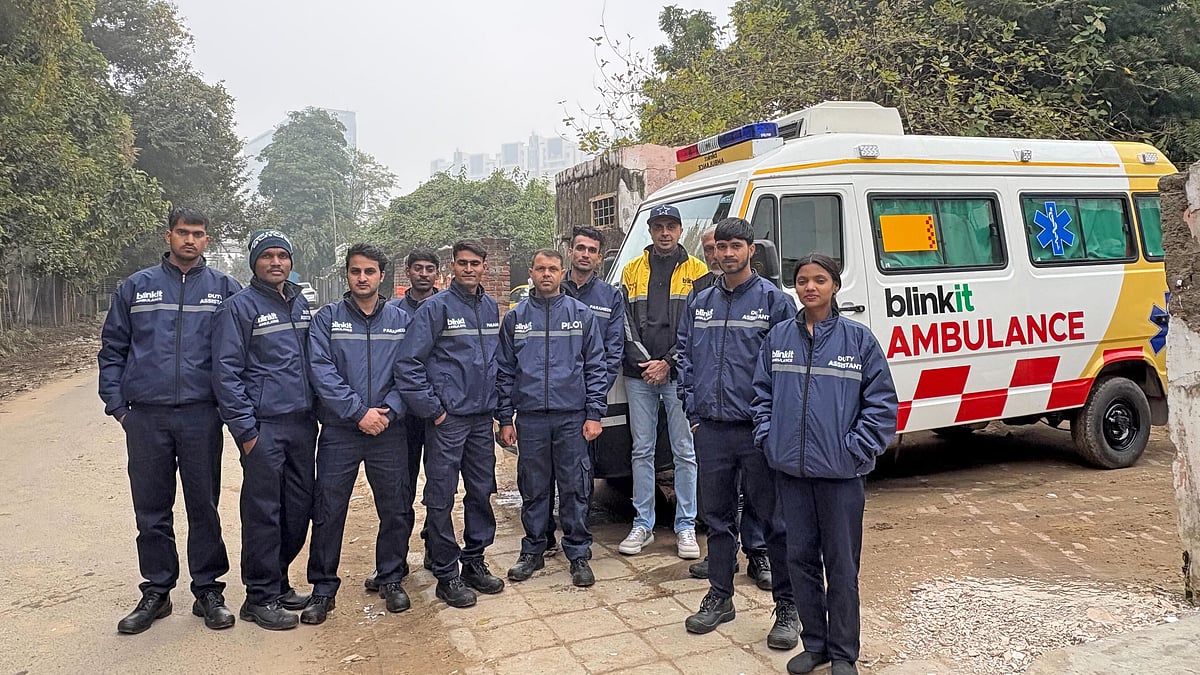While the National Education Policy (NEP) has good and bad parts, there are some parts that one could only define as being ugly.
The first problem with the NEP is its ability to fantasize -- even in the face of political and fiscal realities. It still hopes to spend 6%. This will require a major rethink in policy making. And till that is done, India cannot become a global power.

The second fantasy is that India will achieve a GER (Gross Enrolment Ratio) of 50 by 2030 as against 30.6 at present (it does not describe employability of graduates). True India’s GER is higher than that of Pakistan (9) and Bangladesh (21). But it is lower than China (51), South Korea (94), Malaysia (45), Indonesia (36) and Iran (70).
The NEP also ignores the government’s penchant to shift the burden of education to the private sector (see chart). That is because even domestic workers want their children in private schools. This could be because the child learns more there than in government schools. It could be better teachers. Or the environment, or forcing children to learn in a language that their parents do not want. Is the government becoming second grade?
What is worse is the cost of private education has kept climbing (see chart).
This is no accident. For instance, ever since the government abolished the Medical Council of India (MCI), thousands of aspirational students have waited for the government to liberate the number of medical seats in the country. Yet this has not happened, even though India suffers from a paucity of doctors. Clearly, vested interests are keen to allow this profitee4ring keen on profiteering. This happens with private schools as well.
The worst part about the NEP is that it does not focus adequately on teachers.
Yes, there is a full section (Section 5) on teachers, butis is mostly about qualiifications and certification: “To ensure that outstanding students enter the teaching profession - especially from rural areas - a large number of merit-based scholarships shall be instituted across the country for studying quality 4-year integrated B.Ed. programmes. In rural areas, special merit-based scholarships will be established that also include preferential employment in their local areas upon successful completion of their B.Ed. programmes.”
Giving students scholarships is fine, but how do you retain bright minds to continue teaching at schools? While the Kothari Commission did talk about upgrading salaries of teachers, and suggested norms for salaries, the NEP does not make any mention about paying higher salaries to good teachers. It ignores the fact that a qualified teacher may not be a good teacher. Just like a good credit rating only tells you something about a person’s ability to pay, but not his intent to pay, passing teacher-evaluation tests or B.Ed. courses only talks about a teacher’s ability, not his or her intent.
For this you must measure outcomes.
Eventually, education is all about a teacher. The better a teacher, the better does a student learn. An uninspiring teacher turns off students, and even cripples them mentally. That is why merit and outcomes matter. And for that salaries need to be revised to pay teachers who achieve the desired outcomes as much as the BFSI sector would pay.
Can India offer good education at reasonable costs?
The answer is yes. And it must begin with allowing educational institutes to raise money. Start first with government owned educational institutions, and then permit private educational institutes as well.
Allow government hospitals to increase their intake of medical students at least ten times the current number. That should not take more than two years, because that is the time required to construct additional floors and equip halls with beds and equipment. If there is little money for medical equipment, ask the insurance regulator to get medical insurance companies to finance, and manage these additional beds and educational courses. Of all the institutions in India, the insurance sector has the money, the understanding of medicare costs, and the vision. Harness this sector into managing medical education. This will solve two problems. Quality education and decent health services.
Second, allow educational institutions to pay teachers with good outcomes a salary at least four times more compared to what they get now. A teacher who does not show good outcomes for three years in a row should be asked to leave teaching.
Third, allow all government-owned institutions the right to admit foreign students from any country. Charge foreign students five times the fees Indian students pay – much in the same way that Indian students pay a higher fee in foreign countries than what local citizens pay. For exceptional students, offer scholarships like Singapore does. Good talent will benefit India in many ways.
There are other ways too. But all this requires government vision and wiliness.
Till that time, the NEP remains just a good story to tell people. Dream on.
The author is consulting editor with FPJ











